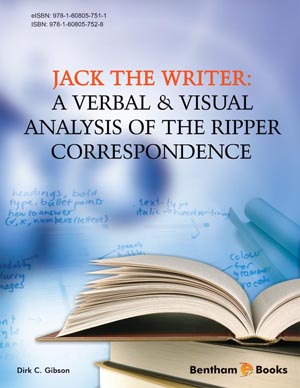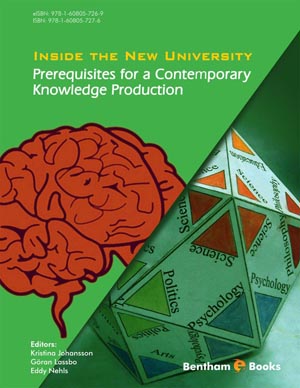Abstract
Seemingly, Lewis Carroll’s Alice in Wonderland is an extremely famous children’s novel that has been in publication for almost two centuries; however, the book is also notable for tackling major adult subjects such as “maturity,” “meaning of life” and “search for identity.”
The novel allegorically conveys the confusions and dilemmas of a child growing up in an adult world, on a journey towards the meaning of life and identity. While the novel constitutes an allegory for life in general, it is also beneficial for any creative individual, including architects, to draw inspiration from. Any artist or ordinary individual engaged in the act of creation, like Alice, is on the way to realizing individual potential. In this path, their main endeavour is the search for identity since human existence acknowledges itself via its consciousness, and consciousness reveals itself through identity. When an artist’s identity does not penetrate the work, the resulting creation will be no different from any “product.” Architecture requires its creator’s perspective on the world; identity as the proof of consciousness is essential. Alice in Wonderland is an illuminating tale for an artist, or any individual, who is not afraid to jump down a rabbit hole in search of his/her identity.
Keywords: Adulthood, Alice, Allegory, Architect, Architecture, Cheshire Cat, Childhood, Consciousness, Fantastic, Identity, Juhani Pallasmaa, Lewis Carroll, Linguistic humour, Maturity, Red Queen, The Eyes of the Skin, Through the Looking-Glass, White Rabbit, Wonderland.













